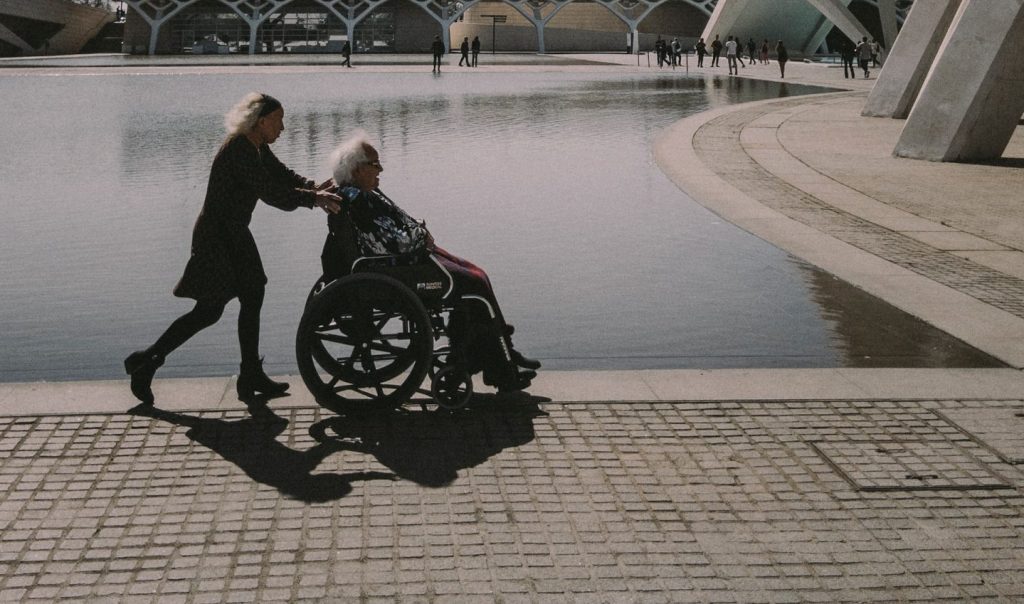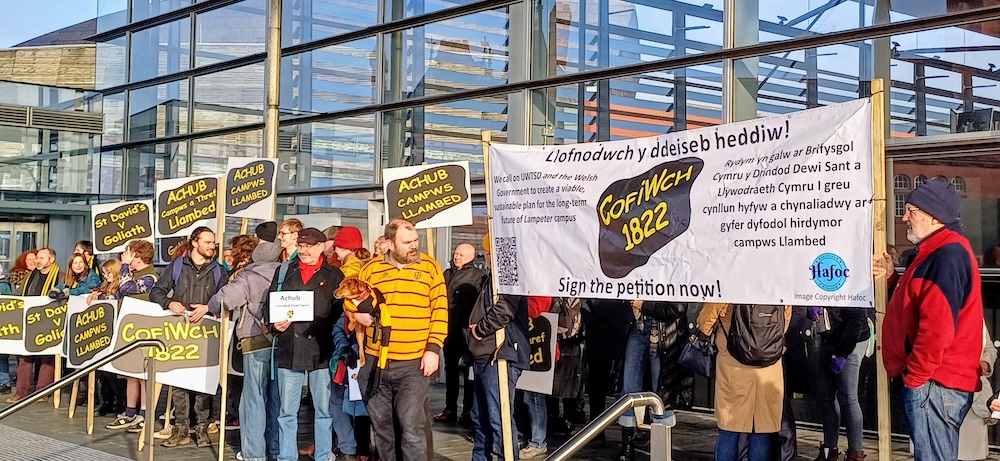Dr Mair Hopkin explains why life expectancy and mental wellbeing is poorer in deprived communities and why having the same health services across Wales won’t address these issues.
On 27 February 1971, The Lancet published an article by a GP from Glyncorrwg Health Centre in Port Talbot.
Over the proceeding 50 years, ‘The Inverse Care Law’ written by Dr Julian Tudor Hart, became a focus for debate around tackling health inequality.
The author summarised his thinking by stating: “the availability of good medical care tends to vary inversely with the need for it in the population served. This Inverse Care Law operates more completely where medical care is most exposed to market forces, and less so where such exposure is reduced.”
While many efforts have been made to respond to the challenges Dr Tudor Hart highlighted since this publication, in 2021 and in light of the COVID-19 pandemic it would serve us well to consider the current context against the principles that he committed to paper half a century ago.
The Future Generations Commissioner’s report to the Welsh Government last year indicated how many of the challenges identified by Dr Tudor Hart remained.
Healthy life expectancy and mental wellbeing is poorer in deprived communities while the COVID-19 death toll has also proven to be higher in such locations.
The report added that there was little sign of change in healthy lifestyle behaviours or any clear indication the inequality gap was closing. This assessment suggests that the principle of Dr Tudor Hart’s Inverse Care Law remains as relevant today as it was in 1971.
“Middle class patients… tended to be both “more critical and better served” than working class patients.”
Universality of healthcare provision alone is insufficient to produce a universality of outcome for the patient. As Dr Tudor Hart noted “some selective redistribution” is necessary.
Terms such as redistribution can quickly lead into a discussion on macroeconomics, and there is no doubting that the finances underpinning primary care are a major consideration in reversing health inequality. However, Dr Tudor Hart also focused on the lived experience of both GP and patient.
He noted the agency with which middle class patients felt able to engage in health consultations concluding that they tended to be both “more critical and better served” than working class patients.
The middle class patients “expected, sometimes demanded, and usually received, much more”. This resonates with a recent discussion hosted by the Bevan Commission and RCGP Cymru Wales at which the phrase ‘health literacy’ was brought up.
Those members of society who are health literate are more empowered both to respond to their own health needs and to demand more from the NHS.
Of course, health literacy is to be welcomed and encouraged, but we must be aware of the potential increase in inequality and, with the Inverse Care Law in mind, focus resources on those who are less empowered with greater ‘health literacy’ and thus improved agency in their relationship with the NHS.
Dr Tudor Hart’s work also cited the availability of resources, both human and technical, to patients in more deprived locations.
Addressing the human aspect of this can be challenging for a GP, but I think it is important that we are up front about the fact that there are unintended incentives for GPs to work in more affluent areas.
Gofod i drafod, dadlau, ac ymchwilio.
Cefnogwch brif felin drafod annibynnol Cymru.
This can manifest itself in various ways. In a more deprived area the range of topics discussed tends to be broader.
This is relevant because issues of housing, poverty, access and affordability of healthy food and scope to make use of leisure facilities are all health-related topics. Yet, these are far less likely to feature in a consultation in a more affluent area.
It can leave the doctor feeling more frustrated by being unable to address Issues that would Improve the patient’s health outcomes or general wellbeing.
In recent times, we have seen a welcome focus on the effectiveness of social prescribing. This is a means by which health and wellbeing benefits can be achieved through non-medicalised means.
It is a modern term but would fit comfortably within the analysis of the Inverse Care Law article. Good outcomes from social prescribing rely on access to services and open space. Once again, there is a risk of this falling foul of the divide in our society.
“In Scotland… The Deep End project focuses on providing a breadth of service in the most deprived communities of Scotland that better reflects the needs of the community.”
Those in more affluent locations are more likely to have access to such facilities along with the time and financial resources to make maximum use of them.
The Welsh Government’s commitment to non-medicalised prescribing where appropriate is to be applauded and the profession looks forward to working in partnership to identify how best this objective can be brought forward to have maximum benefit across Wales.
One message which is resonating loudly in the election calls from many bodies in the health, social care and housing sectors is for a cross-sector approach that rejects silo thinking.
This is undoubtedly welcome, but I accept that it can at times feel a little abstract from the experience on the ground.
In Scotland, general practice has been at the forefront of the Deep End project which was itself inspired by the Inverse Care Law.
This offers one practical vision of how the principles Dr Tudor Hart proposed can be implemented in a meaningful way with government funding, but frontline leadership.
The Deep End project focuses on providing a breadth of service in the most deprived communities of Scotland that better reflects the needs of the community than the simple principle of universality of health care.
Syniadau uchelgeisiol, awdurdodol a mentrus.
Ymunwch â ni i gyfrannu at wneud Cymru gwell.
This can include practice-based social prescribing link workers, addiction workers, and financial support advisors.
In some ways, it is a reinvention of the view of the GP at the heart of the community as portrayed by many a period drama, but with the tools at their disposal as part of a multi-disciplinary team to support and empower their patients to lead a healthier life in which they are better able to navigate the lifestyle choices they make.
To return to Wales and Dr Tudor Hart’s article, I’d like to conclude with a passage about general practice in the South Wales Valleys, where my own surgery is based.
In 1971 he noted that “kinship ties” often helped the area retain a relatively good doctor / patient ratio for an industrial location.
I think this is a community spirit which we still well recognise today and which I believe has been bolstered by our efforts to respond to COVID-19.
It presents a platform as we emerge from the pandemic to develop a multi-disciplinary primary care service which is patient-centred, community minded and focuses resources to help markedly reduce health inequality.
All articles published on the welsh agenda are subject to IWA’s disclaimer.





